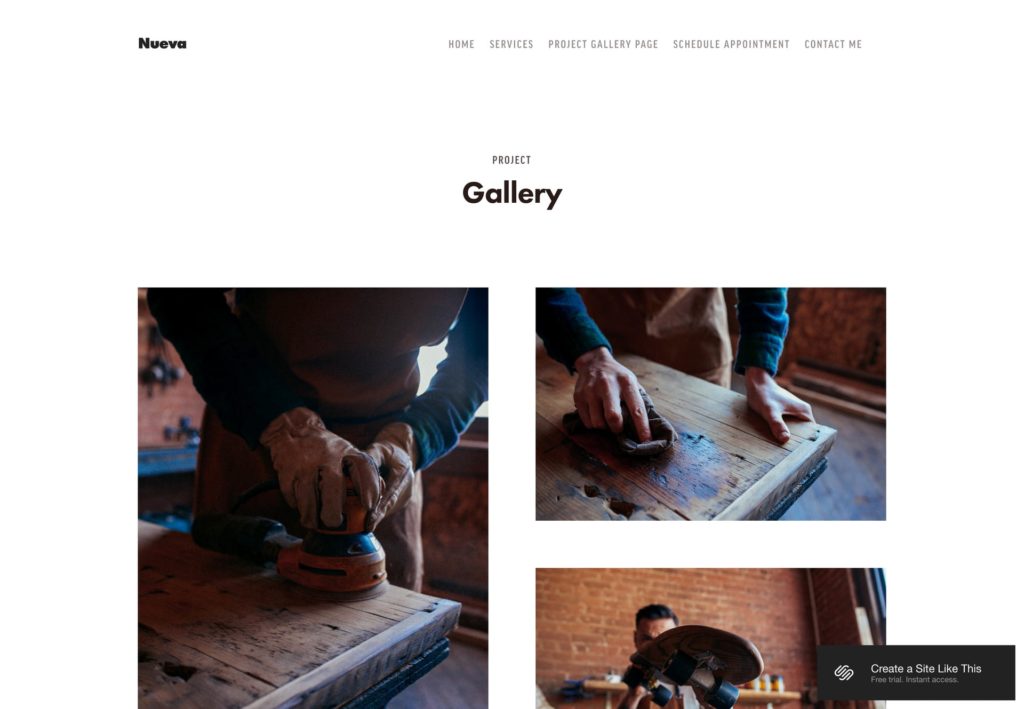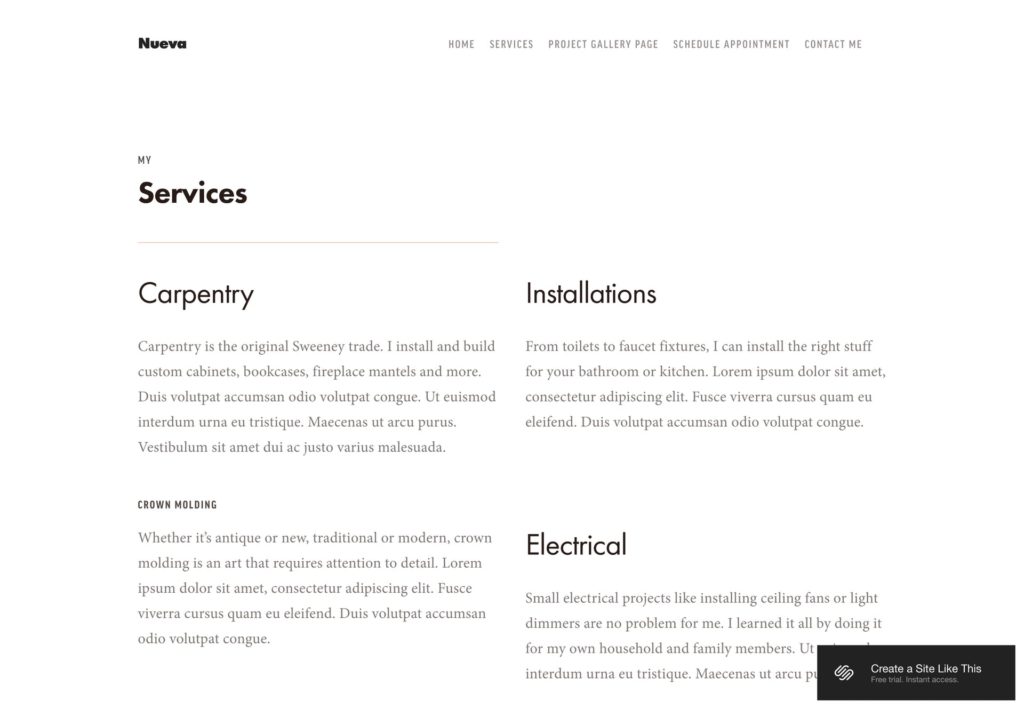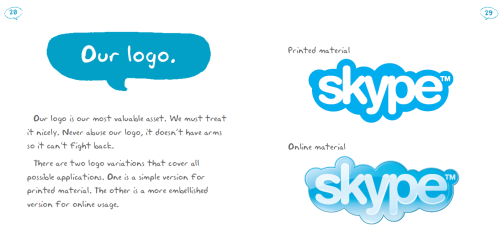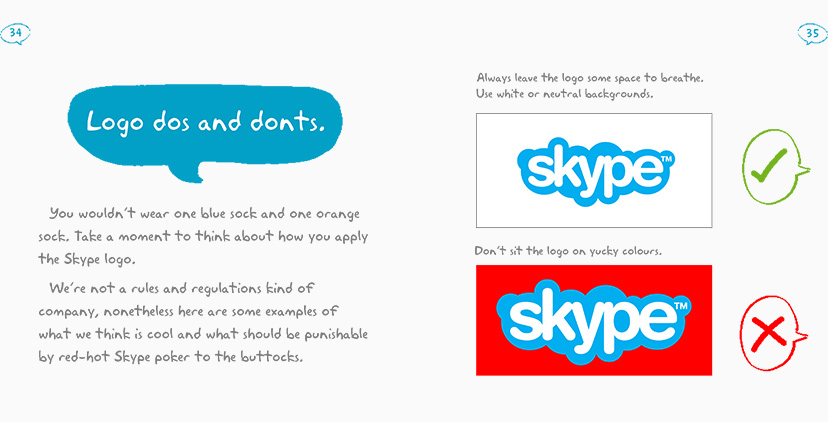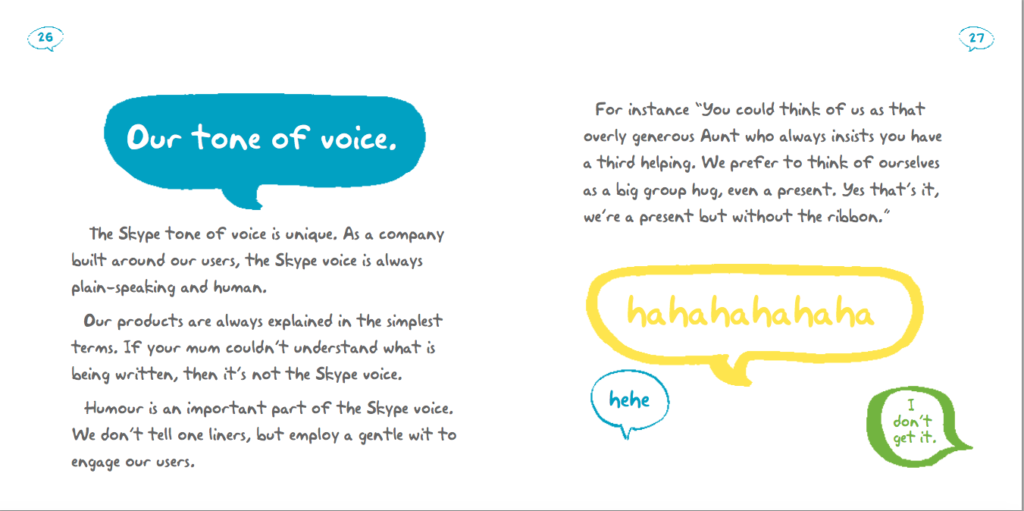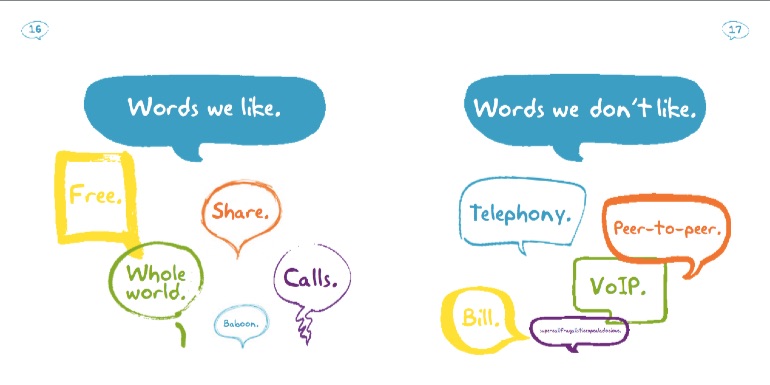Digital Marketing Strategy
How to Create Customer Experience that Converts Leads and Increases Revenue
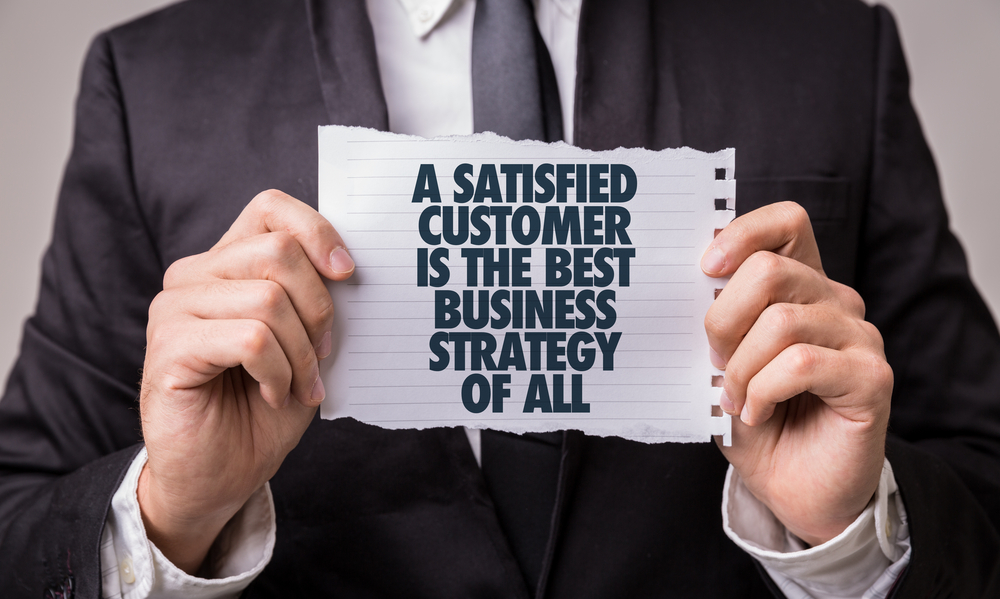
Is your business mindset product-centered or customer-centered? The answer is not as obvious as you think. While everyone claims that “We put our customers first!” many sales and marketing campaigns actually focus on sales without really understanding or connecting to the target audience.
Contents
What does it mean to be customer-centered?
A customer-centered organization designs and evaluates each business stage from the point of view of the customer experience. You don’t just push your product to your target audience, but anticipate their questions, needs and pain points. You actively design a positive customer experience, and correct any issues that can drive customers away.

Why should you take customer experience seriously?
A positive customer experience is even more important in the post Covid-19 economy. Cautious consumers will give their dollars to those who give the best value – and value does not always rest on promos and low prices.
82% of CEOs of the world’s biggest brands say customer experience has the biggest impact on their sales.
How does customer experience affect your bottom line?
Research and market forecast groups like Walker and the Garner Institute say that customer experience has overtaken price and product as the key brand differentiator. In fact, 82% of the CEOs of the world’s biggest brands say they compete mostly or completely on the area, because it has the biggest impact on their sales. Here are some important consumer statistics and trends:
- They are willing to pay a premium price. 86% of buyers are willing to pay more for a great customer experience
- They make more purchases. Customers are likely to spend 140% more after a positive experience than customers who report negative experiences. They are also 64% more likely to make impulse purchases after receiving a more personalized experience.
- They are loyal to your brand. 96% of customers say they remain loyal to brands that offer good customer service, even when offered a lower price by a competitor.
- They recommend your products. Loyal customers are four times more likely to refer a friend to the company.
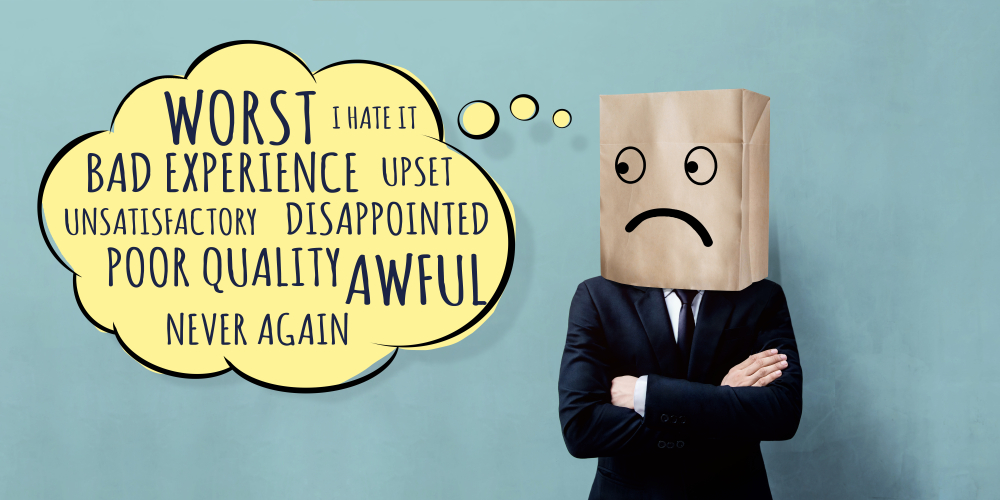
Most Common Customer Experience Mistakes
All companies want to provide good customer service. However, in the race to provide products or meet sales targets, managers can overlook important details that have a huge impact on buyer satisfaction.
Lack of product information
You simply list the name, price and a very general description. At stores, your sales people aren’t able to answer customer’s questions, or give personalized recommendations.
Unanswered messages
You have Facebook or a company email, but nobody’s in charge of checking the inbox. Days or even weeks pass before somebody replies to a query or a comment.
Disconnected campaigns
The salespeople in your store aren’t aware of the promos you advertised, or the product you mentioned in your Instagram is out of stock.
No customer database
You’re unable to recognize a repeat customer, or upsell based on previous purchases. Customers like feeling recognized and rewarded for their loyalty!
Poorly designed website
In the digital age, the website is often the first way an interested customer discovers a brand. And, as the adage goes, first impressions last. If the website takes too long to load, or has very little or poorly organized information, he will feel as disappointed as someone ignored in a physical store. “You did not give me the information or experience I wanted.”
Misleading advertising
Nobody wants to be fooled. Be careful about making claims in your ads, or using “clickbait” titles. Not only is this illegal and unethical, it destroys your customer’s trust. They can leave reviews and angry comments on your website or social media, or tell their friends about their bad experience. Word-of-mouth is still the most powerful marketing tool, and it can either grow or destroy your brand.
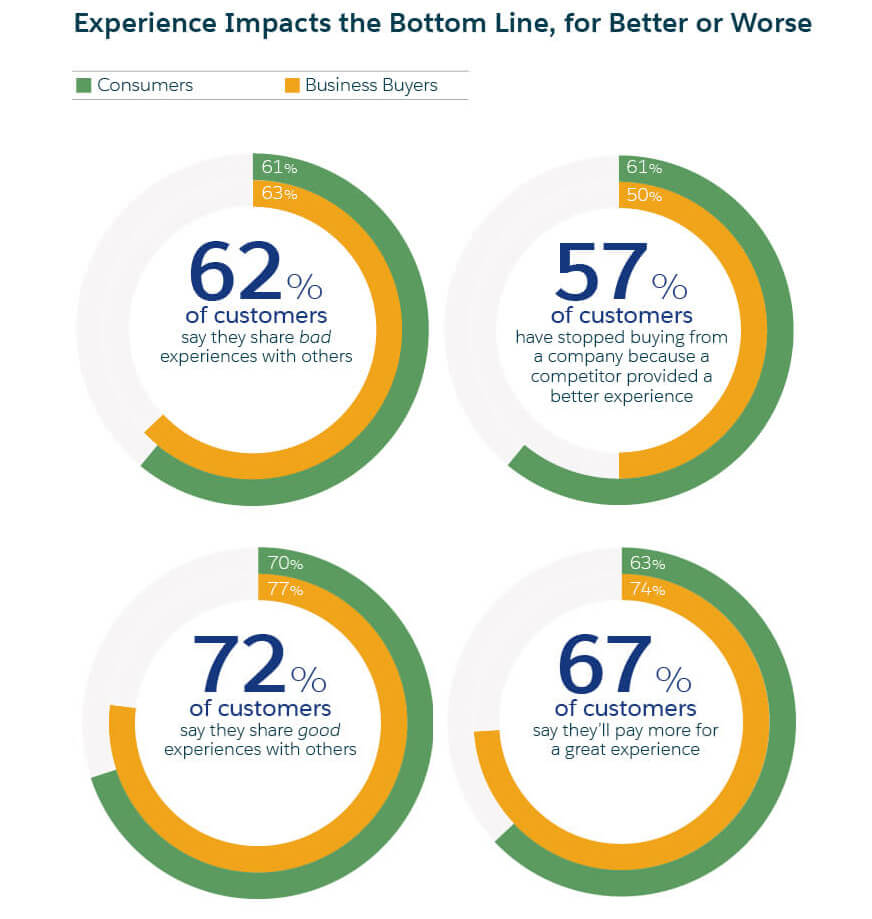
How to Create a Customer Experience Strategy
Understand your customer
Talk to your sales agents or store crew to understand the types of customers your team deals with every day. Once you have enough information, develop customer personas.
Customer personas give you an insight on a buyer’s needs, motivations, influences, purchase patterns and behavior, and more. So this customer feels “real” to you and your sales and marketing team, it’s best to create a character that embodies that audience. Then, put all that information in a document.
Here are some examples of customer personas that you can use as a template.
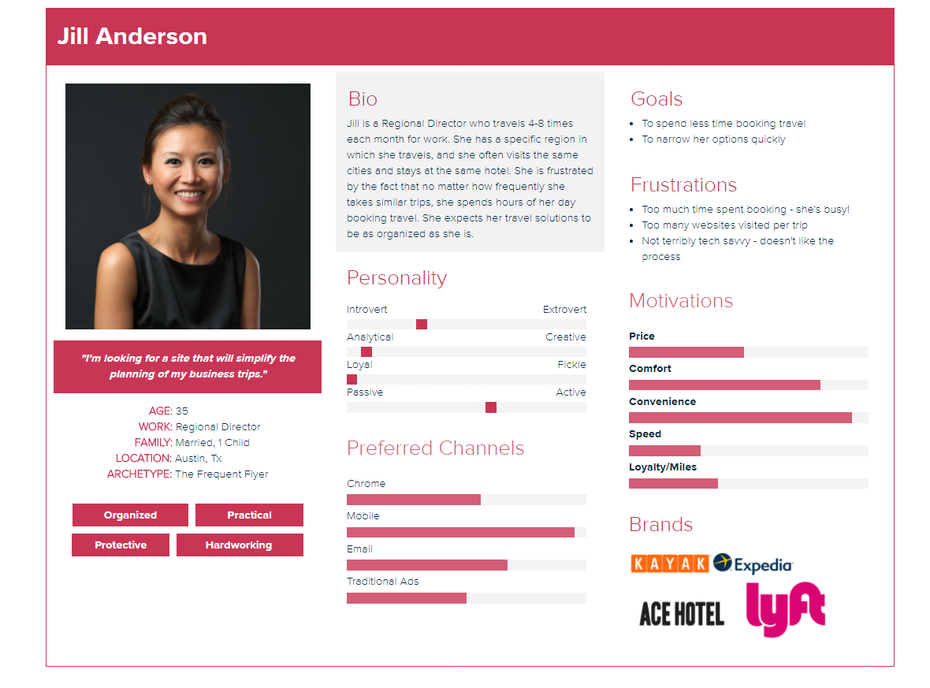

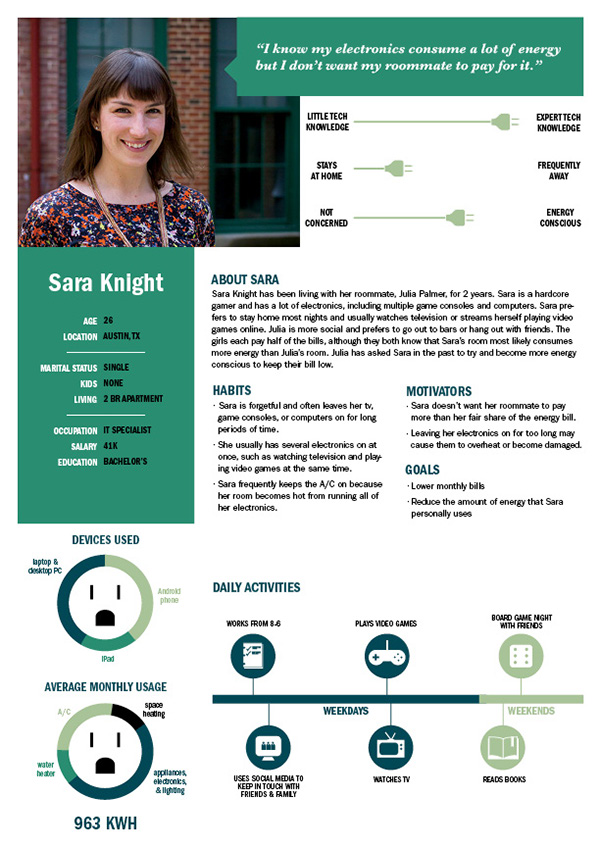
Analyze your business process for goals and gaps
The best customer experience strategies are aligned with your business objectives.
- What do you want to achieve: getting new customers, entering a new market, launching a new product?
- What are the barriers or obstacles? How can they be overcome?
- How can your customer experience strategy help you achieve those business goals?
The next step is to look at your business process and identify any areas where your customers may have a disappointing or frustrating experience.
- What technology, people or processes are needed to fulfill my objectives?
- What gaps exist between customer expectation and experience?
- Do my internal processes support customers? Where can they be improved?
- Which tools can be used to improve customer experience
- Got the answers? Now you know what steps to take.
Put yourself in your customer’s shoes
Another way of finding gaps in your customer experience is to list your brand’s customer experience stages. Where are the opportunities to make a good impression?
This was a favorite business technique of Steve Jobs. Many of the best Apple products were conceptualized because he imagined the kind of customer experience he wanted and then reversed-engineered the technology.
Train your employees to be customer-centered
Make sure that they have tie right interpersonal skills and stay calm when there is a crisis. You may also want to create a customer service manual, so that they know what to say and do with customer requests.
Refine your website design and user experience
Customers expect a lot from a brand’s website. It has look professional, have engaging content, provide the right information, and be easy to navigate. These websites have very good UX (user experience) design:
Visitors can immediately filter information to find what they need:
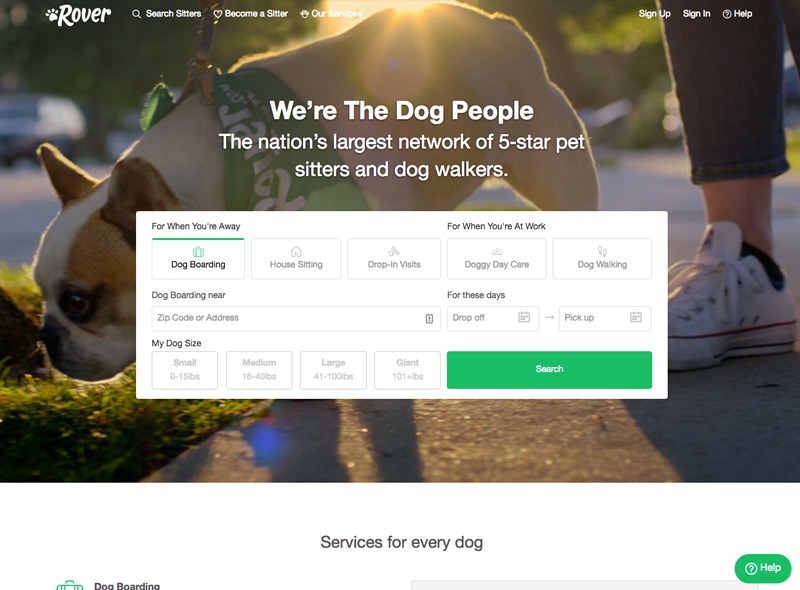
Useful product pages that give simple and complete information — and even a video that provides a closer look:
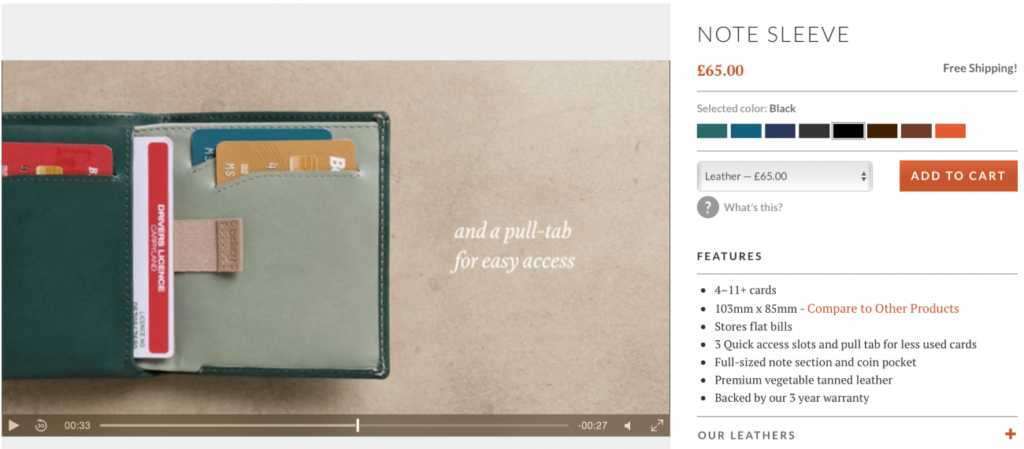
Website layout is sleek, uncluttered and easy to read — and the choice of fonts and white space feel fresh and modern:
Create a consistent brand experience
Your customer interacts with your brand through store, website, apps, email, and social media channels. Keep their experience consistent. Make sure brand messages and announcement are synchronized. Follow similar colour schemes or photo styles.
Consider creating a brand manual. The extra effort pays off: studies show that brands that are presented consistently have four times more brand recall. Here is a peek at messaging company Skype’s brand manual. Even the way they write their manual reflects their brand personality. Now that’s consistency!
Set clear customer experience metrics
What can’t be measured can’t be improved. Here are some ways to evaluate customer experience.
NPS – Net Promoter Score shows the percentage of your customers who would/wouldn’t recommend your company to their friends, family, or colleagues.
CSAT – Customer Satisfaction Score is a transactional metric showing how satisfied customers are with a recent interaction. This is often a purchase or a customer service call. It’s flexible and highly customizable.
CES – Customer Effort Score shows the effort expended by customers in accomplishing a task. Could be getting a support request handled or finding the product they were looking fo

